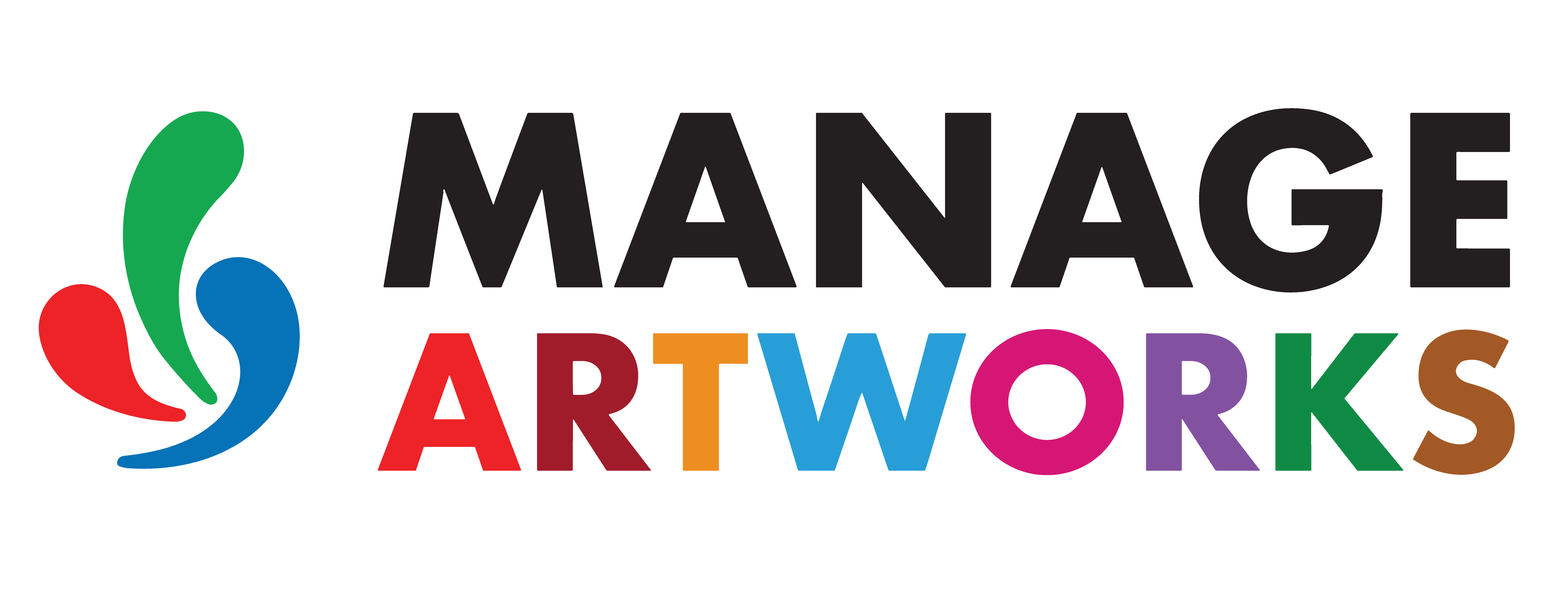Parameters
The Barcode Tool evaluates the print quality of both 1D linear barcodes and 2D matrix barcodes based on ISO/IEC standards.
- ISO/IEC 15416: Used for assessing the print quality of 1D barcodes.
- ISO/IEC 15415: Used for evaluating the print quality of 2D barcodes.
For ISO/IEC 15416, the system analyzes barcode quality using the following parameters:
- Decode – Determines whether the barcode value can be successfully decoded.
- Max Reflectance (Rmax) – The highest reflectance level detected in any element or quiet zone of the barcode.
- Min Reflectance (Rmin) – The lowest reflectance level detected in any barcode element, expressed as a percentage.
- Symbol Contrast (SC) – The difference between maximum and minimum reflectance values, measured in percentage.
- Min Edge Contrast (MinEC) – The minimum difference in reflectance between a space (including quiet zones) and its adjacent bar.
- Modulation (MOD) – Measures the uniformity of reflectance between dark and light elements (MOD = ECmin / SC).
- Defects – Evaluates reflectance non-uniformity, measured as the ratio between the largest reflectance variation and symbol contrast (Defects = ERNmax / SC).
- Decodability – Measures how accurately the printed barcode matches its reference decoding algorithm.
For ISO/IEC 15415, the system analyzes barcode quality using the following parameters:
- Decode - Indicates whether the barcode value is decoded successfully.
- Max Reflectance (Rmax) - Highest reflectance in any element or quiet zone in a scan reflectance profile.
- Min Reflectance (Rmin) - Lowest reflectance in any element in a scan reflectance profile, in percents of reflectance.
- Symbol Contrast (SC) - Difference between the highest and lowest reflectance value in the symbol region.
- Modulation (MOD) - Measure of the uniformity of reflectance of the dark and light modules respectively.
- Axial Nonuniformity - Measures the spacing of the mapping centres, i.e. the sampling points, or intersections of the grid obtained by applying the reference decode algorithm to the binarized image, in the direction of each of the grid's major axes.
- Grid Nonuniformity - Measures the largest vector deviation of the grid intersections, determined by the reference decode algorithm from the binarized image of a given symbol, from their ideal theoretical position.
- Reflectance Margin - Measure of how well each module is correctly distinguishable as light or dark in comparison to the global threshold.
- Fixed Pattern Damage - Damage of the finder pattern, quiet zone, timing, navigation and other fixed patterns in a symbol.
- Unused Error Correction (UEC) - Tests the extent to which regional or spot damage in the symbol has eroded the reading safety margin that error correction provides.
- Quiet Zone - Tests the quiet zone.
